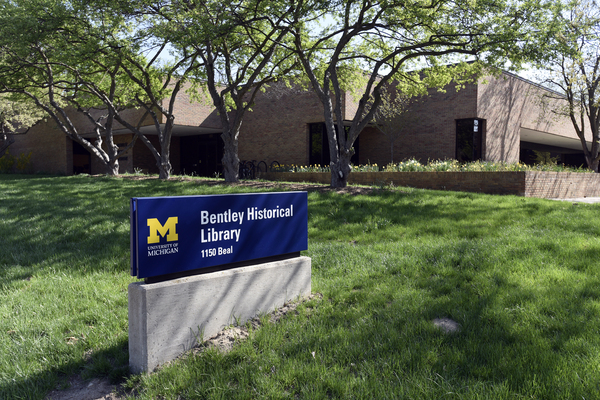« Previous |
1 - 10 of 19 collections
|
Next »
Search Results
1 result in this collection
1 result in this collection
William Christian Weber Papers, 1858-1940
28 linear feet (in 30 boxes) — 15 oversize volumes — 15 oversize folders
1 result in this collection
1 result in this collection
1 result in this collection
June Manning Thomas papers, 1951-2021 (majority within 1990-2010)
2.5 linear feet — 2 oversize boxes — 1.38 GB (online)
1 result in this collection
George W. and Clara Sargent Shepherd papers, 1919-1965 (majority within 1919-1939)
3 linear feet — 2 maps (in 1 tube)
1 result in this collection
1 result in this collection
Lone Tree Council records, 1986-2011 (majority within 2004-2008)
5 linear feet — 3 tubes — 1 oversize folder
1 result in this collection
1 result in this collection
Lewis Burnett Kellum papers, 1837-1995 (majority within 1920-1969)
5.8 linear feet (in 7 boxes) — 1 oversize folder
